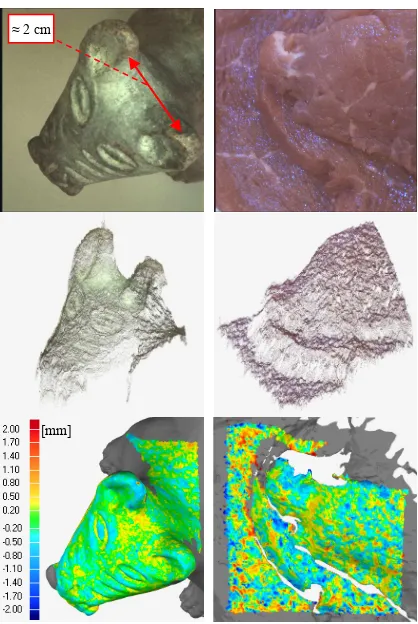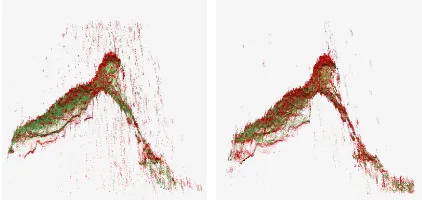isprs annals III 3 27 2016
Teks penuh
Gambar
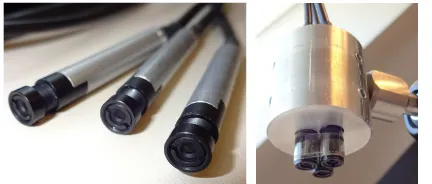
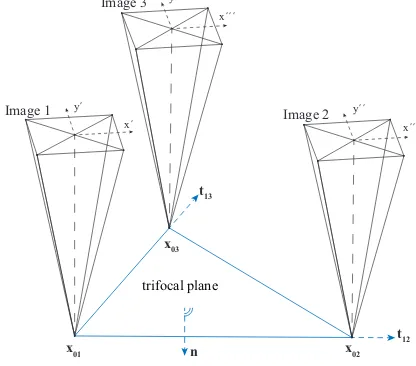
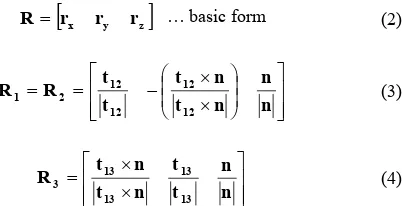
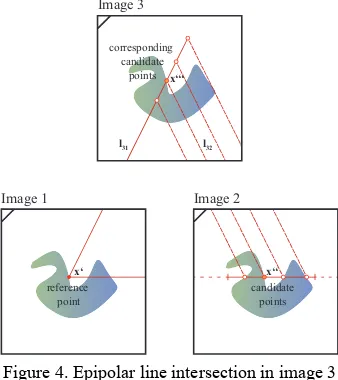
Garis besar
Dokumen terkait
To minimize the impact of the tree crowns represented in the raster on water flow modeling, we classified high vegetation and removed it from the point clouds using a
For the analysis, segments of point clouds from different heights along the stem were obtained from the tree stem. The segments were manually cleaned to only contain points
We utilized two quality measures: (i) quality of found matches, computed as the ratio of point pairs correctly matched by our method to the actually matching point pair count, and
Feature sets are grouped based on the input data used to calculate the features (2D orthomosaic, 2.5D DSM, or 3D point cloud), the application of a feature selection algorithm,
With the development of laser scanning technology, especially panoramic laser scanners (360 ◦ horizontal FOV, e.g. Velodyne HDL-64E), 3D moving object detection and tracking using
To find the mobile platform trajectory in the road network, we ab- stract both to a graph data structure and pose the problem of tra- jectory search as a sub-graph matching
The goal of the PnP problem is to determine the absolute pose (rotation and translation) of a calibrated camera in a world refer- ence frame, given known 3D points and corresponding
The bias-compensated Rational Polynomial Coefficients (RPCs) Bundle Block Adjustment is applied to image orientation and the rectification of stereo scenes is realized based on
